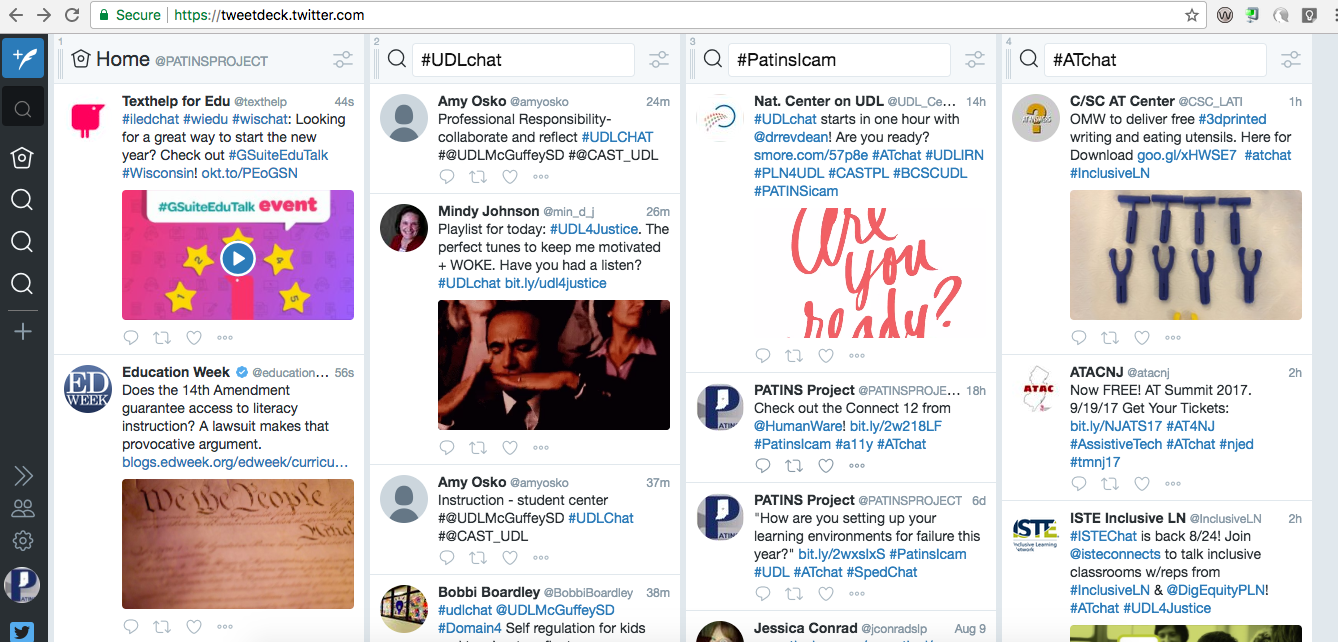As I sat and pondered another topic for my blog, my mind drifted again to my daughter. So I apologize in advance, but I can’t help myself. My daughter is now at Murray State University in Grad School pursuing her dream of becoming a Speech-Language Pathologist. Sorry again to those who have heard this a time or two. She Skyped me recently from her office, in her professional dress clothes, beaming with excitement as she spoke about working with her clients and using terms such as “articulation.” As many of you know the road to this accomplishment was not an easy one. She struggled along the way, but she never gave up.
We spent countless hours on spelling words. We used magnets on the refrigerator, we taped spelling words to our walls all over the house, we used flash cards, and somehow we survived spelling although I must tell you that she is still not a good speller. Luckily because of the technology available, she doesn’t have to be. She uses the tools that I taught her, she asks Siri, she uses spell check, and she loves auto-correct (most of the time)! Looking back at the many, many hours we spent on those spelling words makes me wonder if this was an efficient use of her time.
She also was not a good test taker. To this day, I’m not sure she has figured out exactly why she struggled taking tests, but she has overcome this obstacle as well. One of the best tools I found to help her with test taking was Quizlet. It allows you to put in the information you need to study and then it has a test generating feature. You can make a multiple choice, true or false, or short answer test and practice! It will even grade it. She also used plain old paper index cards and still does. I would have bought stock in index cards if I would have known how many she would go through in her school days. What I learned along the way was that she preferred using the index cards over the electronic cards most of the time for repetitive learning which, to be perfectly honest, surprised even me.
Another realization for me was that the study skills she needed to succeed were not taught to her in school. This is such an important skill and it is often overlooked. If you need help or want to explore tools to assist in your student’s success, please contact us. You can make a big difference and some day a mom like me will thank you!


